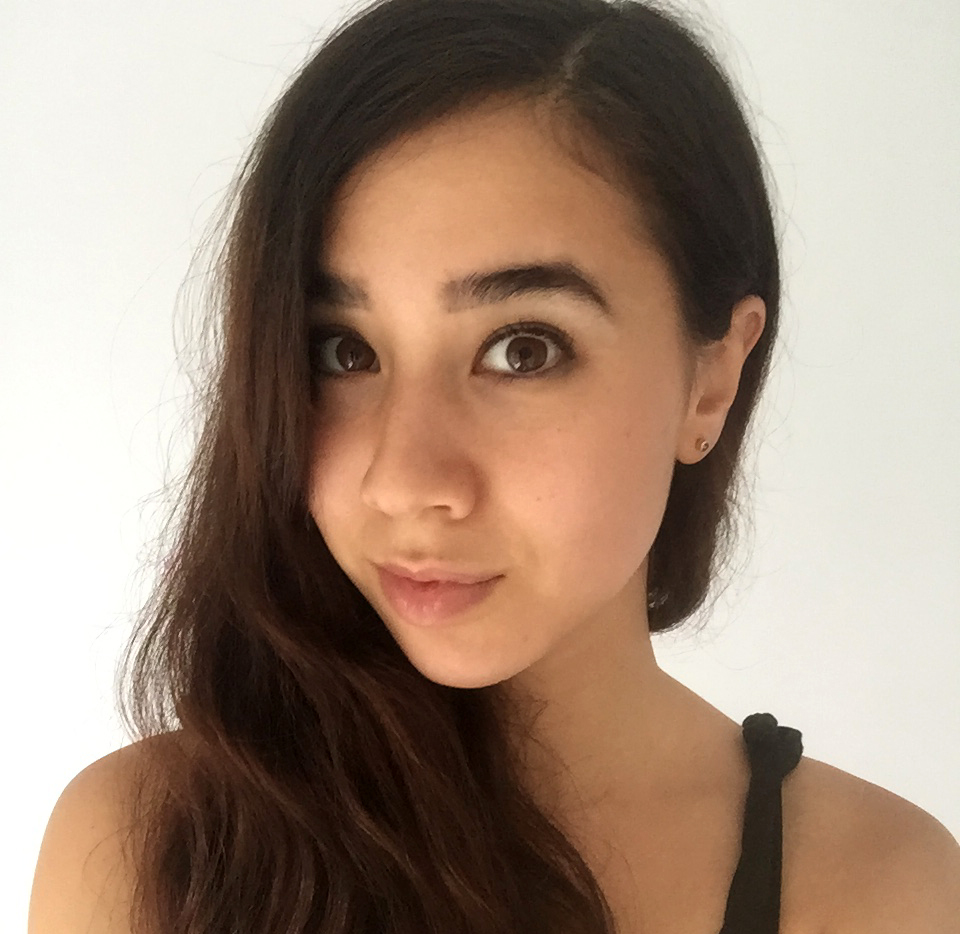Why I gave away my wedding dress
'I must admit, the final moment of handing over my dress gave me a little twinge of sadness but that feeling soon vanished.'


'I must admit, the final moment of handing over my dress gave me a little twinge of sadness but that feeling soon vanished.'
Words by Louise Roe
Photography by Martha Stewart Weddings, Polly Alexandre Fine Photography
I’ve never been a hoarder. Quite the opposite, in fact. I love a good clear out: I spring clean my wardrobe all year round and find it really cathartic to just get rid of stuff. So, I knew I’d one day take the same approach to my wedding dress. If it wasn’t some kind of simple slip dress that I could wear again, I’d do something else with it. I think it’s a bit sad to have it waiting infinitely and gathering dust in a plastic coat bag, Miss Havisham style!
But when, this week, I was ready to pull the trigger and give my dress away to a wonderful charity (more on that later), the reality of parting with something so sentimental and so painstakingly hand-crafted, was harder than I’d expected.
I got married in October, in the pretty village of Eton, to Mackenzie. Working in the fashion industry, I had quite a clear idea of the kind of dress I wanted, from the type of lace, to the shape of the skirt and the high scalloped neck and flesh-tone underlay. Like many brides-to-be, I had a Pinterest board ready to go.
I already had a relationship with the Spanish, family-owned brand Pronovias, and when they offered to create my dress from scratch, this fairytale process began. I felt like a princess. Sipping an espresso in their atelier, I watched the genius behind the brand, a man called Hervé, sketch my dress while I described it.
Celebrity news, beauty, fashion advice, and fascinating features, delivered straight to your inbox!
I was speechless; he had actually taken the image inside my head and put it onto paper exactly as I imagined it. I tried on about 20 other dresses from their archives to get an idea of fit, shape, corsets and trains. Over the next few months, the dress came to life, and after hundreds of hours of work and four trips to Spain, it was ready. As I hugged the team goodbye and took my enormous dress bag with me, we all shed a little tear.
The big day was magical. The dress itself was perfect: there was a long train and a capelet for the ceremony, both of which came off for the reception, making it feel like I’d changed into a new dress.

I wanted to be able to dance easily, and showing off my shoulders felt more appropriate for the evening. Taking off my gown that night was sad because I knew I’d never put it on again. But as they say, people make memories, not things, and Mackenzie and I have every memory and photograph to look back on forever.
And, the very next week after our wedding, an old friend of mine told me about a new social enterprise, Brides Do Good, where brides can donate their wedding dresses to be sold online. A large portion of profits go towards helping the UN achieve its goal of eradicating child marriage by 2030.
I had no idea of the facts: every year, 15 million girls under the age of 18, are forced into marriage. Many of these children are not even teenagers when they’re put into a very adult, often violent marriages with strangers. It’s heartbreaking, and far more prevalent across the globe, than I realised.
When you put my experience, versus their experience, into perspective, it’s jarring. There was absolutely no doubt in my mind that donating my dress was the least I could do. Brides Do Good partners with global charities (Plan International and Too Young to Wed) to help prevent gender-based violence, and to enable the communities’ young girls to keep attending school - which is something that stops as soon as they get married. It’s crucial and empowering work.
I must admit, the final moment of handing over my dress gave me a little twinge of sadness (I have kept the lace capelet as a memento) but that feeling soon vanished. If donating your wedding dress means one, two or even three underprivileged girls can complete an entire year of secondary school (it costs just $300 for a girl to complete a year of secondary school), that’s better than any wedding gift I can think of. The more Brides-to-be purchase a wedding dress through Brides do Good, the more hope we can give to vulnerable young girls.
Louise Roe's dress will be sold at the Bicester Village pop-up store between 9th - 19th February. To try on Louise’s dress, book an appointment with the boutique by contacting info@bridesdogood.com For more information visit: BridesDoGood.com
